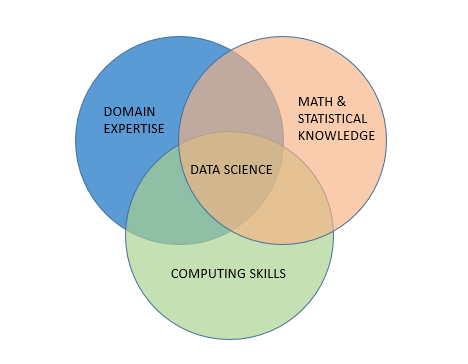After hearing from a colleague about inconsistencies she had experienced with not getting Qualtrics’ email notifications, I started investigating this issue. I looked through a huge number of Qualtrics knowledge base articles (XM Support), confirming that we were correctly setting up our notifications however couldn’t identify or explain the cause of their failures.
Not finding any concrete answers, I started exploring the XM Community, where other Qualtrics users share tips, tricks, or solutions. I came across an entry that was surprising but also an answer to my struggles with the issue at hand since the inconsistencies were so random and well inconsistent!
“… I’ve run into a few gliches with emails not sent using the email trigger. Qualtrics support last month said the most updated and reliable email trigger is the one set in the Actions Tab…”
I used the Action Email Task and tested the submission notification and it worked beautifully. After my test results supporting the functionality of the Action feature I switched the form’s notification from Email Trigger to Action Email Task.
So I wanted to share this experience since we all utilize Qualtrics for our various survey, forms, and feedback needs and a breakdown in notifications would impact the services we provide to our colleagues and constituents.
So, please use Email Tasks for your future notifications and update your existing forms and surveys if receiving submission notices are important to you:





